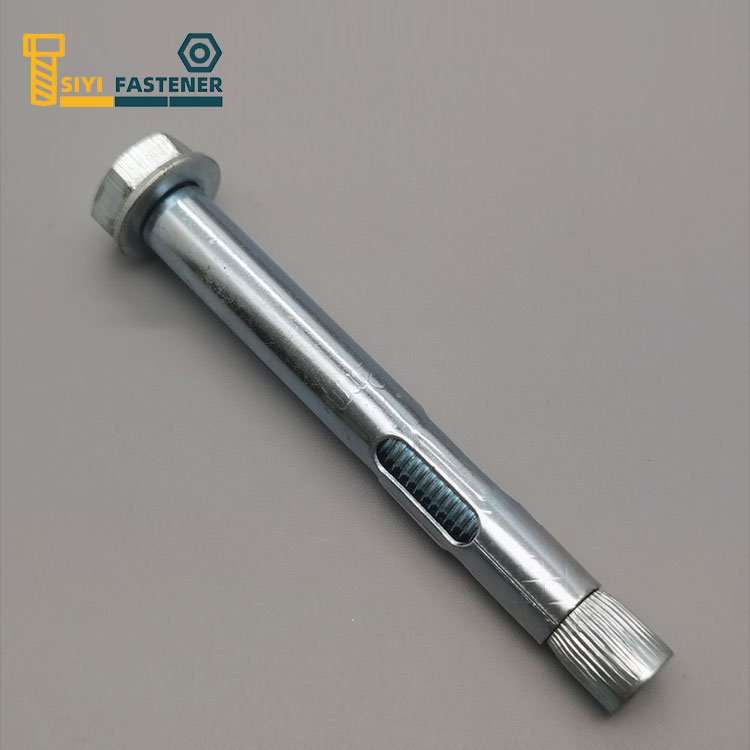Revisiting Sleeve Anchors with Hex Bolt and Conical Nuts: Can They Be Removed and Reused
2024-04-11
Sleeve anchors with hex bolts and conical nuts are renowned for their reliability and durability in anchoring applications. They provide robust support and secure fastening, contributing to the stability and integrity of various structures. However, a common question that arises is whether these anchors can be removed and reused without compromising their performance. In this blog, we'll explore the feasibility of removing and reusing sleeve anchors with hex bolts and conical nuts, shedding light on the factors that influence their reusability.
1. Initial Installation Considerations: The potential for removing and reusing sleeve anchors with hex bolts and conical nuts largely depends on how they were initially installed. If the anchor was set using an adhesive or epoxy, removal without causing damage to the anchor or the substrate may be challenging. On the other hand, if the anchor was mechanically installed by drilling a hole and tightening the nut, it may be possible to remove and reuse it, provided certain precautions are taken.
2. Condition of the Anchor and Substrate: Before attempting to remove and reuse a sleeve anchor, it's essential to assess the condition of both the anchor and the substrate. Inspect the anchor for any signs of damage, deformation, or corrosion that may compromise its structural integrity. Similarly, evaluate the condition of the substrate to ensure it hasn't deteriorated or become compromised since the anchor was installed. If either the anchor or the substrate shows signs of damage or deterioration, reusing the anchor may not be advisable.
3. Removal Techniques: Removing a sleeve anchor with hex bolt and conical nut typically involves reversing the installation process. Loosen the conical nut using an appropriate wrench or socket, taking care not to over-torque or damage the threads. Once the nut is sufficiently loosened, the anchor can be extracted from the hole using a suitable tool, such as pliers or a pry bar. It's crucial to proceed with caution to avoid damaging the anchor, the substrate, or surrounding structures during the removal process.
4. Reuse Considerations: Even if a sleeve anchor is successfully removed without sustaining damage, its reusability may still be subject to certain limitations. Factors such as thread wear, deformation, or corrosion may affect the anchor's ability to securely fasten to the substrate upon reinstallation. Additionally, repeated installation and removal cycles can gradually degrade the integrity of the anchor, potentially compromising its load-bearing capacity over time. As such, while reusing sleeve anchors with hex bolts and conical nuts is theoretically possible, it's essential to exercise caution and consider the condition of the anchor before doing so.
5. Alternatives and Best Practices: In some cases, it may be more practical to replace sleeve anchors with new ones rather than attempting to reuse them. This ensures optimal performance and reliability while minimizing the risk of unforeseen issues associated with reused anchors. Additionally, following best practices for anchor installation, such as selecting the appropriate anchor type and size, ensuring proper embedment depth, and adhering to manufacturer guidelines, can help maximize the longevity and effectiveness of the anchors in future applications.
In conclusion, while sleeve anchors with hex bolts and conical nuts can potentially be removed and reused under certain conditions, several factors must be considered to determine their feasibility and suitability for reuse. Careful assessment of the anchor and substrate condition, cautious removal techniques, and consideration of alternatives are essential aspects of the decision-making process. By taking these factors into account, contractors and DIY enthusiasts can make informed choices regarding the removal and potential reuse of sleeve anchors, ensuring optimal performance and safety in their projects.



